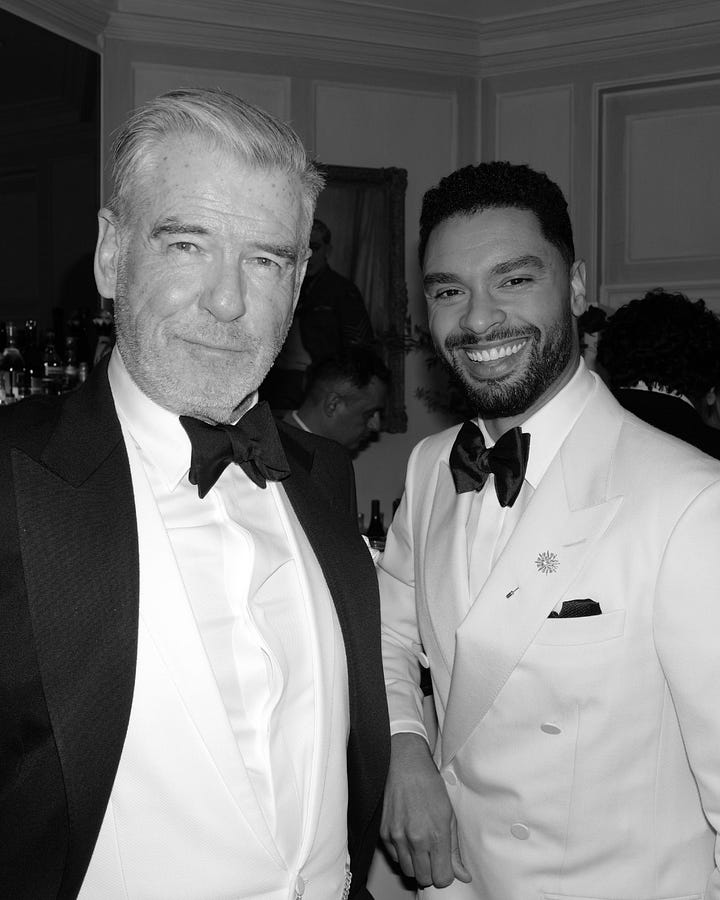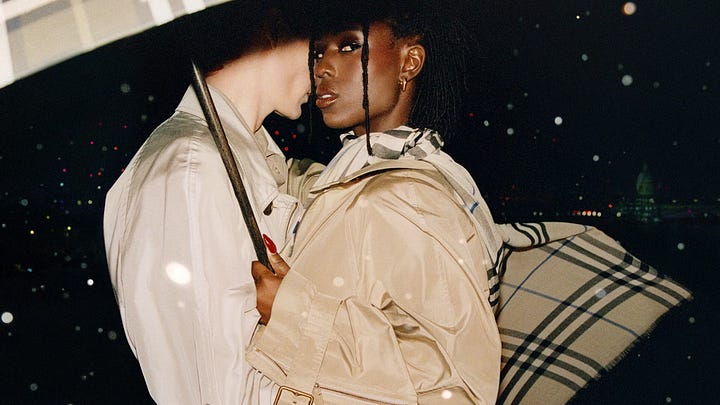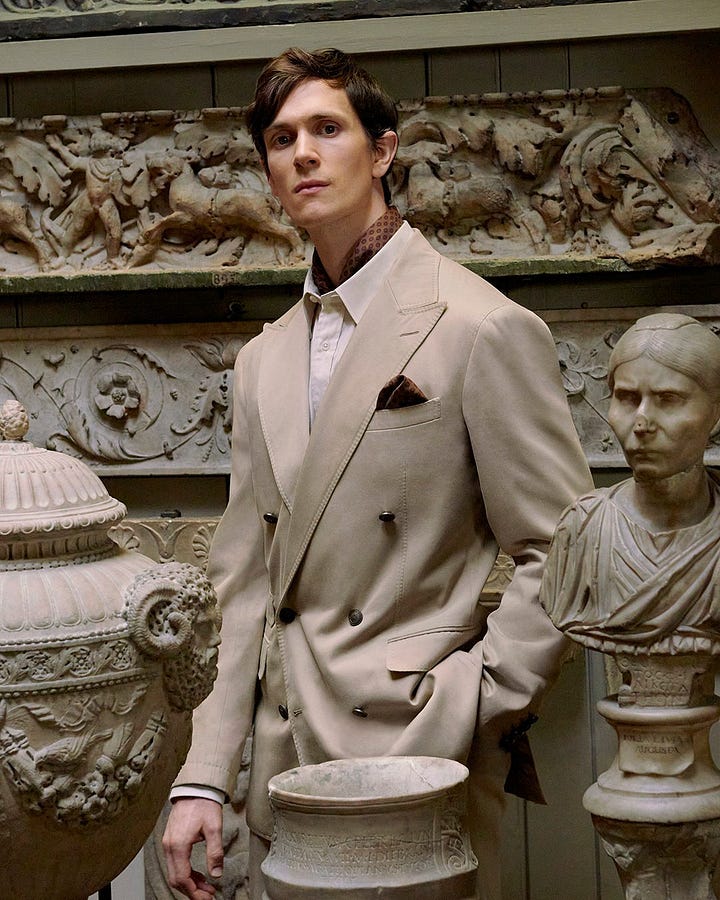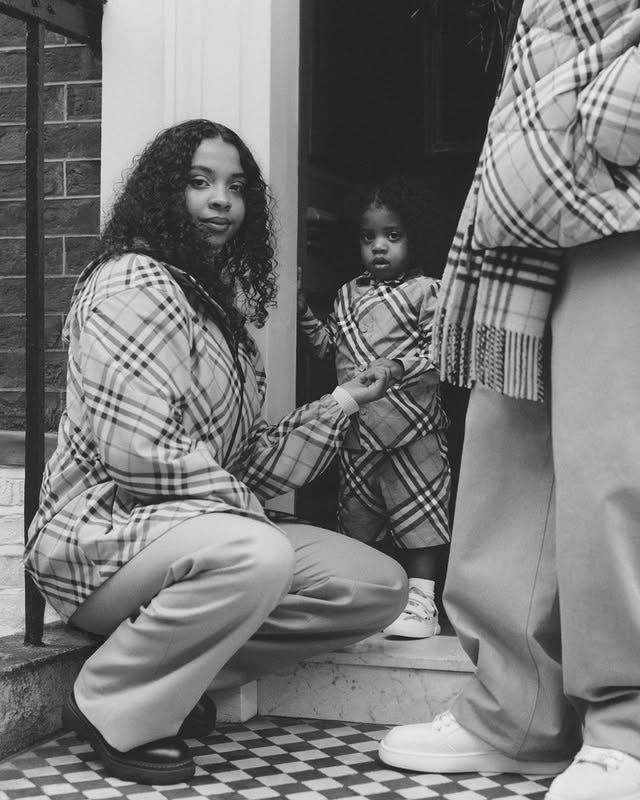What Dunhill can learn from Burberry
One company is building a compelling brand world, the other isn’t


On paper, Dunhill and Burberry play in the same park.
While Burberry is substantially larger, Dunhill is nonetheless one of British fashion’s premier brands; a thoroughbred luxury house with impressive heritage, owned by Richemont Group, with annual revenues reportedly in excess of £35m.
Dunhill is also a brand that we at BIRCH have long admired. Few British luxury men’s brands are more influential or more immaculately presented. But, in today’s fluid, culturally-attuned brand-building landscape, it feels like Dunhill is missing a few tricks.
Burberry makes for an interesting comparator. We all know that Burberry has been underperforming commercially, but as we wrote last week, it feels like the fight-back has begun. Looking from the outside in, Burberry’s creative and marketing teams are playing a blinder – building a culturally resonant and engaging brand world through social media, integrated campaigns and events.
To paraphrase the strategist R.J. Abbott: Burberry is becoming a cult again.
Critically, the Burberry of today has landed on a crystal-clear proposition, which is articulated brilliantly by its new campaign, ‘London in love’. The campaign uses a star-studded cast with international reach and dreamy art direction to tell arresting, social-first stories centred around a core brand truth – “In London, it’s always Burberry weather”.
By contrast, Dunhill’s campaigns focus exclusively on product, to the detriment of storytelling. Sure, we know what the brand’s clothes look like, but it’s unclear what the brand stands for beyond sartorial nostalgia.
What, then, is the central truth that Dunhill can use to create emotive brand stories? And what gives the brand an edge in the luxury men’s style landscape today? This needs defining and communicating.
Here are some differences between both brand playbooks, as we see them:
1) Dunhill centres its marketing around product. Burberry’s is focused around storytelling.
2) Dunhill sponsors cultural events. Burberry creates cultural conversations.
3) Dunhill presents celebrities in an ‘exclusive’ way – hosting private, star-studded parties with paparazzi-style photography. Burberry uses celebrities to tell characterful and endearing stories, with a focus on social media ‘shareability’. It’s an approach that encourages consumers to feel closer to the brand – not excluded from it.
4) Dunhill sells heritage. Burberry sells modernity. And while Dunhill feels serious, Burberry’s brand world is deliberately playful.


Of course, these strategies are contingent on speaking to different audiences. Burberry is banking on affluent Gen-Z and Millennial consumers, particularly in Asia. Dunhill’s core consumer is perhaps 15 to 20 years older, at a guess. But, view Dunhill against other luxury style brands who rely on mature luxury audiences, like Zegna with its curious storytelling, and it still feels less engaging.
As a London-based agency with an interest in British luxury, we sincerely want Dunhill to succeed. But, creative director Simon Holloway’s excellent design and the house’s revamped product may not be enough alone.
Beyond great product, Dunhill needs to build a brand world that invites consumers in and generates conversation. Sepia-toned, chisel-jawed models in sharp suits might present the product through a nostalgic lens, but this doesn’t tell an emotive story. The brand needs to move consumers and provoke an emotional response. Dunhill needs to be more Burberry.
What is Dunhill’s “It’s always Burberry weather?” If you enjoyed reading this, let us know what you think. Join BIRCH’s subscriber chat or reach our office via email here.








The challenge of Dunhill is interesting. The audience is relatively conservative. Some disliked Mark Weston’s version of the brand, which was inherently more playful and twisting with the brand codes. (I liked it). Mark and the team were starting to play around a bit more with some different ideas in content, too. Since Simon came on board, there’s undoubtedly been a clear product reset, and I think they’re slowly but surely building out to something more dynamic. Alfred Dunhill himself was very much a cad and someone with a boundless personality that acts as a great jumping-off point for more story-led content. I would expect to see some more of that. A final point: Becuase it's relatively small relative to the rest of the Richemont portfolio, it never had to scale in the same way a Burberry (or Mulberry) has had to. I think that gives it both breathing room and a lack of urgency.
Great read. Would love to see Dunhill make a comeback! Possibly counterintuitive but feels like they need that older gent ambassador..